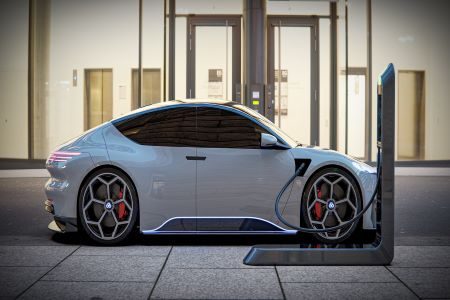Now that electric cars are on the rise, it’s imperative to understand what they are, how they work and how charging points will impact the home.
Driving is the one of the most necessary and vital components of life. Driving has provided freedom and more opportunities in many people’s lives whilst also adding a new vital component to the economy. Driving is a lifetime skill as it allows individuals to travel further distances in a shorter period of time, creates greater independence and more. Without driving many people would not be able to travel to their jobs and see family and friends. Driving is a major tool to driving social connectivity and leading to greater support in driving the occupational economy. However, with the many positives that come from driving there is also severe negatives that attribute to this. One of these negatives is that the fuel used in cars is highly detrimental to the climate and because more people are driving around the world – this is contributing to major environmental damage. The climate crisis is an exponential threat, therefore alternative fueled cars such as electric cars are becoming more common, and it is predicted that most cars will be electric in the next decades. The UK government recently decided to make it easier to have EV ports in all homes to promote the use of electric cars – changing the landscape of the homes as well. With that being said, lets divulge into the world of Electric Vehicle Charging and its solutions.
What is EVC and how do these cars work
An electric vehicle charging points, or an electric vehicle supply equipment is a piece of equipment that supplies electrical power for charging plug-in electric vehicles. Electric cars are powered by energy from the battery. This energy is converted into power by an electric motor, which is used to drive the wheels. An electric motor generates more torque and eliminates the need for a traditional transmission and so the power goes straight to wheels for instant acceleration. The batteries are also rechargeable. Electric car batteries also seem to be a lot more of a weightier component which can impact the structure of the car slightly more so than conventional petrol cars. However, electric cars accelerate faster than vehicles with traditional fuel engines, so they feel lighter to drive.
Electric cars function by plugging into a charge point and taking electricity from the grid. Electric charging works by plugging an electric vehicle into a public station or into a home charger. There are plenty of charging stations across the UK already that allow cars to stay fully charged whilst out. It is important to note that to get the best deal for home charging, it is important to get the right EV electricity tariff which will save money on your electricity bill.
There are a few different types of electric cars that will impact on the type of charging ports that they will receive. Some cars rely on purely electricity whereas others run on a combination of electricity and petrol/diesel. These cars are known as hybrid electric cars.
Read more of the latest developments in our new edition: January – February 2022 Issue Form – Show Home Magazine (yourshow-home.com)
Media contact
Roshini Bains,
Editor, Showhome Magazine
Tel: +44 (0) 1622 823 922
Email: editor@yourshow-home.com






